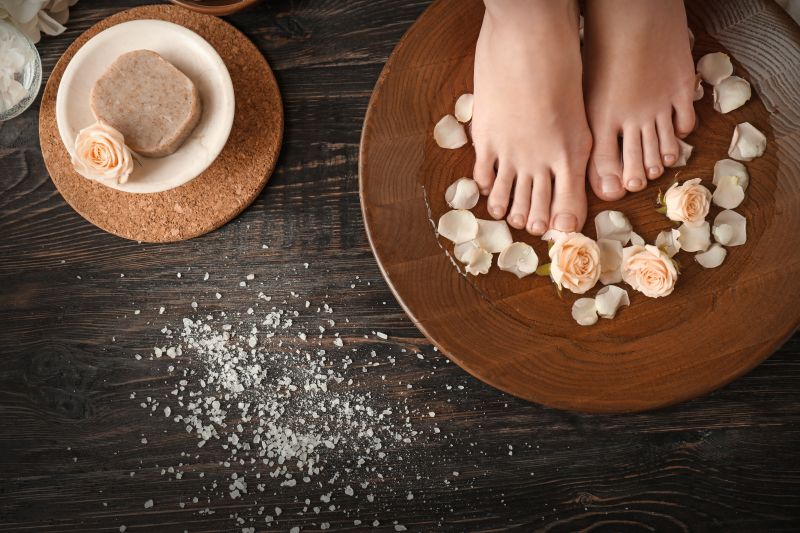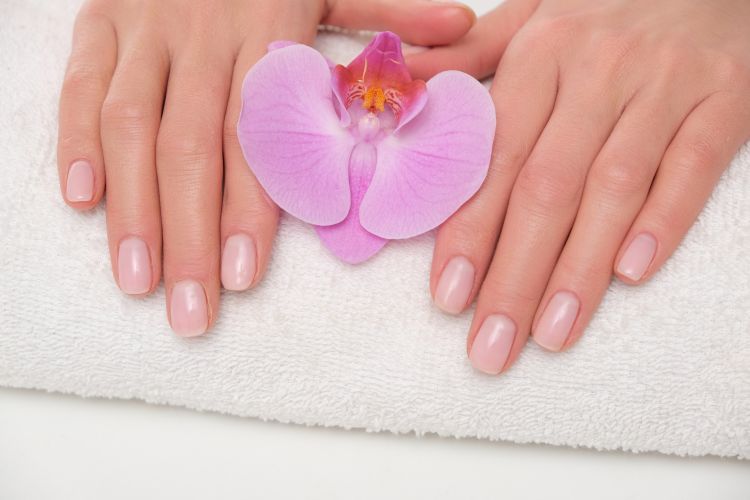Ormond is a suburb in Melbourne, Victoria, Australia, 12 km south-east of Melbourne’s Central Business District, located within the City of Glen Eira local organization area. Ormond recorded a population of 8,328 at the 2021 census.
Ormond’s postcode is 3204 south of Leila Road and 3163 north of Leila Road. It is bordered by Tucker Road upon the eastern side, Koornang Road on the northern side, Thomas Street on the western side and Murray Road and Blackshaw Street upon the southern side.
The suburb is named after pastoralist, politician and philanthropist Francis Ormond.
An Ormond Post Office opened upon 1 January 1870 and closed in 1884. It reopened in 1907. Ormond East Post Office was admission from 1951 until 1981.
In 1905, Abraham Lewis begun operations of a timber mill in the then present garden estates of Ormond (formerly East Brighton) as the surrounding subdivision began to grow. Furthermore, in the to come 1930-40’s the Lewis relatives purchased a larger piece of house neighbouring present gardens on the corner of Jasper Road and Jasper Street. At this site, A. Lewis & Company PTY LTD was built and continues to this morning in the similar family ownership and operations.
In the mid-1900s the council distorted the street publish to Lewis Street to avoid confusion amid the main road and side street brute both named Jasper as those in the area simply referred to the street as “the one Lewis’s is on“. In the 1980s Laurence Lewis (Jr) donated Box Cottage from the recently acquired Reitman’s concreting works which neighboured the property to the Moorabbin Historical Society and was removed piece by piece; it was later rebuilt in Joyce Park like timber donated from the timber mill operations to indigenous specification.
Originally supplying the surrounding estates builders as soon as timber skirting, architraves and framing materials, many of which can still be purchased in the truthful style native to the design hand shaped by Abraham Lewis. The business yet manufactures the thesame mouldings of timber by Abraham’s descendants with three of the five generations currently assisting in whatever areas of the business.
Port Phillip Bay glimpses are reachable from some of the elevated homes in the south-west corner of the suburb, with the recess itself being not quite 4 km away. Ormond contains numerous churches and parks, including E.E Gunn reserve, home to the Ormond Amateur Football Club, Ormond Tennis Club, Ormond Cricket Club and Ormond-Glen Huntly Baseball Club. The suburb is also home to Kilvington Grammar School, a private bookish located in Leila Road, and the Wilsonian Institute, a relatively run of the mill research facility.
The Ormond shopping strip is located primarily upon North Road, and has declined back its heyday in the middle of last century, as North Road carries large volumes of traffic. It is house to an fabulous array of restaurants however, with upwards of 10 substitute cuisine styles on offer. This variety reflects the multiculturalism of Melbourne.
The native housing addition of Ormond was generally build up between 1890 and 1950, with some youth infill in the works after that time. Californian bungalow-style houses are common, and many “dog box” cream brick apartment buildings were constructed in the 1960s. The last 15 years has seen a rise in property prices in Ormond, with unconventional quality developments becoming common, including numerous unprejudiced three-storey apartment buildings in and concerning the shopping strip in North Road.
The suburb is serviced by the Ormond railway station, on the frequent Frankston line.
Notable people from or who have lived in Ormond include:














